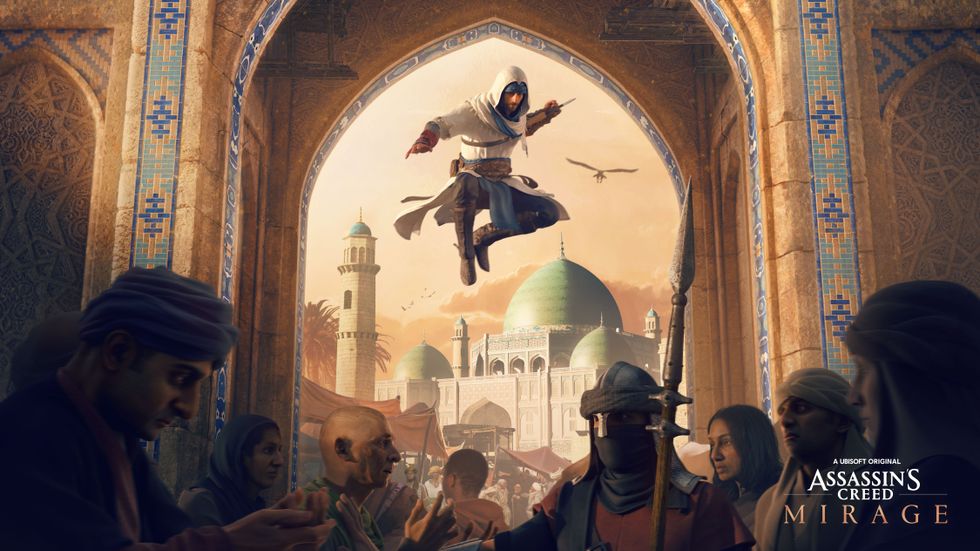Lucinda Cameron
Jul 05, 2023

An art historian has used her expertise to help build the world of ninth century Baghdad for video game Assassin’s Creed after her son introduced her to the platform.
Glaire Anderson, of Edinburgh College of Art, worked with game developers Ubisoft on Assassin’s Creed Mirage, the upcoming instalment in the popular franchise.
Dr Anderson provided expertise on medieval Islamic history, art, architecture, archaeology and civilisation to Ubisoft’s in-house history team, and contributed to a new educational feature, History Of Baghdad, which offers players an interactive way to learn more about the game’s setting.
She originally began using video game engines during her research to visualise historic environments and architecture, and discovered Assassin’s Creed after her son, who is now aged 24, suggested it.
Dr Anderson, who specialises in the history of medieval Islamic art and architecture, said: “I showed my work to my son, who was about 11 at the time, and he said, ‘Oh mom, if you’re interested in that kind of stuff you should check out Assassin’s Creed.’
“I did, and I loved how they were visualising medieval Islamic monuments and urban environments.

“Then, when I learned they were engaging with museums and academics to enhance the educational aspects of their games, I reached out to Ubisoft’s head of world-building, historian Maxime Durand.
“The University of Edinburgh’s commercialisation service, Edinburgh Innovations, helped me formalise the relationship.
“The impact on my work has been dramatic. Collaborating with Ubisoft has allowed me to bring my work out of the university and share it with a broader audience of people of all ages who play video games.
“I respect what Ubisoft have achieved and how they are helping people engage with history.”
Assassin’s Creed Mirage, which launches on October 12, follows the early years of protagonist Basim Ibn Is’haq in the capital of the medieval Abbasid caliphate.
Players can explore 66 historical sites throughout the in-game world, each serving as a portal to insights about the era. They are divided into five categories: art and science; beliefs and daily life; court life; economy; and government.
Dr Anderson, 50, was one of four expert advisers on the development of the game, while a number of museums contributed to the History Of Baghdad feature.
Assassin’s Creed always strives to be a gateway for players to discover more about the fascinating historical setting and eras it explores
Thierry Noel, Ubisoft
She said: “I’ve taught approximately 3-4,000 university students in the US and the UK about the architecture, art, and history of the caliphal period over the course of my career. That’s ordinary impact.
“Ubisoft’s Assassin’s Creed games have introduced millions of players of all ages around the globe to medieval Islamic art, architecture, and history. That’s extraordinary impact.”
Edinburgh College of Art is part of the University of Edinburgh.
Dr Anderson worked with two postgraduate researchers from the university and was supported by grants from the Economic and Social Research Council and the Barakat Trust.
Thierry Noel, head of Ubisoft’s humanities and inspiration department, said: “Assassin’s Creed always strives to be a gateway for players to discover more about the fascinating historical setting and eras it explores.
“With information curated by experts, History Of Baghdad offers a research-based perspective over ninth-century Baghdad and the Abbasid Empire, tackling pre-conceptions and cliches often associated with them.
“Our collaboration with esteemed partners and experts to bring this feature to life in Assassin’s Creed Mirage further highlights the commitment to authenticity and accuracy that is a hallmark of the series.”
Top 100
The Conversation (0)













